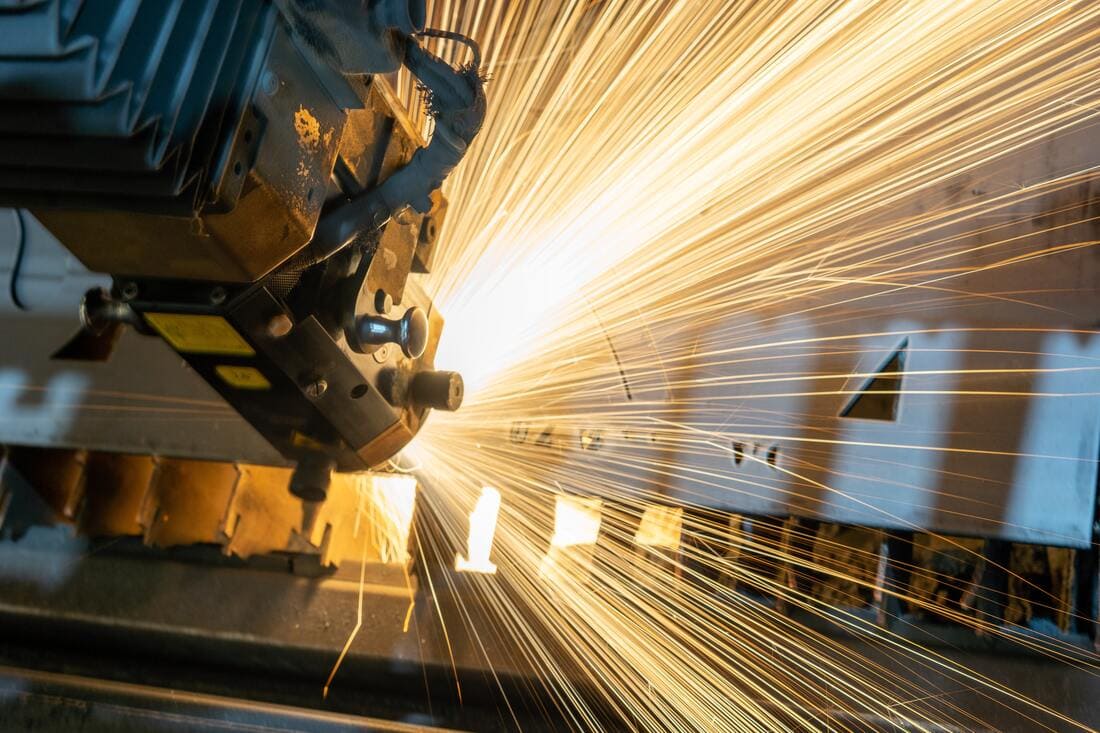With the U.S. now vaccinating an astonishing 2 million people people per day, the end of the pandemic is drawing closer than ever. Even once it’s over, though, there are some parts of our world that will have changed forever. More people have now become accustomed to digital buying than ever before—and manufacturers will continue to see high demand for affordable, quick-to-ship products. If your plant is starting to reckon with this new reality, here are a few strategies to help maximize production in a post-Covid world, and avoid any shutdowns in the future.
Identify potential bottlenecks
The first step in fixing the kinks in your supply chain is identifying them. Usually, the biggest sources for risk will be the outside facilities, contractors, or sub-contractors that you depend on to produce your product. This is especially true for products that require a specialized skillset to assemble, or contain difficult-to-source components. In order to keep everything running smoothly, take a moment—or several moments—to identify exactly who you rely on, all the way down to the smallest sub-contractor. Once you’ve done that, you’ll be ready to consider the strategies we’ll discuss below.
Bring parts of your supply chain in-house
Since every step in your production process is a potential point of risk, the most obvious way to reduce that risk is to bring as many processes in-house as possible. Before you reject this idea as financially unfeasible, consider that new technological advances, especially in the field of automation, can often make domestic production much more affordable than was in years prior. Robotic palletizers, for example, can greatly reduce the labor involved in preparing pallets for shipping, and in-house labeling and coding machines can eliminate another step in production. Not only do these solutions increase efficiency, they are also attractive to manufacturers post-pandemic because they reduce the need for human contact, and therefore the spread of germs.
On the subject of humans, we would be remiss to move on without acknowledging the concerns that have been raised about automation over the years. While automation does stand to eliminate the need for certain tasks that are currently performed manually, we would argue that many of these jobs are extremely tedious and often hazardous. Like any other innovation in the past century, automation stands to change the way we work, not eliminate it.
Diversify your supply chain
If it’s just not possible for you to bring every aspect of your production in-house, your next best option is to diversify your list of suppliers. If you can spread out your supply chain among multiple factories or regions, you will be able to source components and/or labor from sources that are not all vulnerable to the same risks.
Many economists have advocated for a “near-sourcing” model, wherein manufacturers would source materials and labor close to the market in which the product will be consumed. In North America, this would primarily mean reallocating plants from China to locations in Mexico and Central America, a move with both positives and negatives.
Others have argued for a distribution model that is more globalized, not less, in order to avoid any risk that would threaten a particular location. For instance, when the 2004 tsunami occurred, many companies that had relocated plants from China to Vietnam and Malaysia found that that diversification was not enough to eliminate stalls in production that affected the entire region.
Build a stockpile of key components
The Coronavirus certainly gave us all a lesson in the importance of saving for an emergency—whether with a bank account or a physical stockpile of inventory. Now, you can put that lesson into practice by considering a “safety stock” that would mitigate the effects of a future crisis.
As you set about building your stockpile, consider which components are the most valuable, and which points along the supply chain are the most high-risk for disruption. Since this type of “safety stock” ties up assets, and runs counter to decades-long practices of keeping inventories lean, you might not want to put aside too much product, especially if you produce for the tech sector. However, as we have just witnessed over the past year, having no backup plan whatsoever poses a big risk to your profitability, too. The only solution is to sit down with your firm’s key stakeholders and assess the potential costs of a hypothetical disruption, versus the costs of setting aside some emergency resources.
Overcoming Packaging, Marking and Coding Challenges in 2021
The Covid-19 pandemic has been a long, difficult struggle for all of is. But while it can be tempting to write off this year as a loss, it can also be viewed through the metaphorical lens of a forest wildfire: initially devastating, but ultimately an opportunity for growth and rebirth. The concerns raised in this article existed long before the pandemic. Now, we have a once-in-a-lifetime opportunity to “grow back” cleaner and greener than ever.
SSI Packaging supplies industrial packaging, marking, and coding equipment for our clients across the East Coast. From commercial inkjet printers and labelers to everyday packing tape, we offer everything you need to move your products safely, affordably and efficiently. If you would like to place an order or learn more about our services, please feel free to give us a call.

